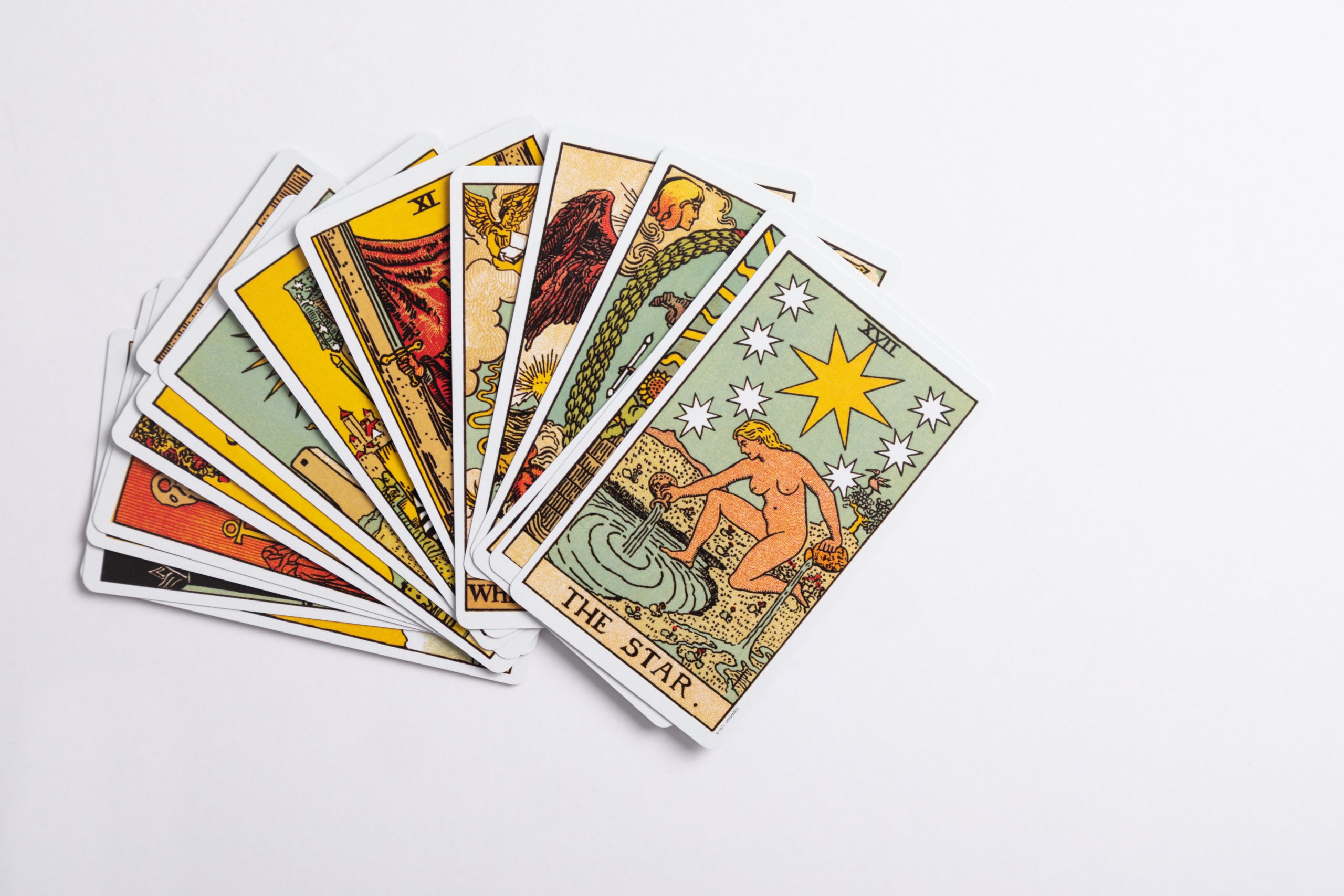How to Learn Reiki Healing: A Comprehensive Guide
Reiki healing is a holistic practice that promotes healing, relaxation, and overall well-being. Originating in Japan, Reiki has gained popularity worldwide as an effective method for reducing stress, relieving pain, and enhancing the body’s natural healing abilities. If you’re interested in learning Reiki and becoming a practitioner yourself, this comprehensive guide will walk you through the process of acquiring the necessary knowledge and skills to become a confident and skilled Reiki healer.
Understanding Reiki Healing
Before embarking on your journey to becoming a Reiki healer, it’s essential to have a solid understanding of what Reiki is and how it works. Reiki, which translates to “universal life energy” in Japanese, is based on the belief that an unseen life force energy flows through all living things. This energy can be channeled by a practitioner to activate the natural healing processes of the body.
Reiki healing involves the gentle laying on of hands or non-invasive touch in specific positions on the body to facilitate the flow of healing energy. It works on physical, emotional, mental, and spiritual levels, restoring balance and promoting overall well-being. Reiki is not affiliated with any particular religion and can be practiced by anyone, regardless of their spiritual beliefs.
Find a Reiki Teacher or Master
The first step in learning Reiki is to find a qualified Reiki teacher or master. It’s important to choose someone who has received proper training, has a solid understanding of Reiki principles, and embodies the qualities of a skilled practitioner. Look for recommendations from trusted sources, such as friends, family, or alternative health practitioners.
During your search, consider the following factors:
- Qualifications and experience: Verify that the teacher or master has received proper training and has ample experience practicing and teaching Reiki.
- Teaching style: Determine if their teaching style aligns with your learning preferences. Some teachers may offer hands-on training, while others provide distance learning options.
- Reputation and credibility: Research reviews, testimonials, and the teacher’s reputation within the Reiki community to ensure their credibility.
Choose a Reiki Training Level
Reiki training is divided into different levels, each building upon the knowledge and techniques learned in the previous level. The most common Reiki training levels are:
- Reiki Level 1: Also known as the “First Degree,” this level teaches the basics of Reiki healing, including hand positions for self-healing and treating others.
- Reiki Level 2: Also known as the “Second Degree,” this level focuses on distance healing and the use of Reiki symbols to enhance the healing process.
- Reiki Level 3: Also known as the “Third Degree” or “Master Level,” this level involves advanced training and prepares students to become Reiki masters themselves.
- Reiki Master Teacher: This level is for those who wish to teach Reiki to others and become a Reiki master teacher.
Consider your personal goals, commitment level, and the time you can dedicate to Reiki training when choosing a training level. Start with the first level and gradually progress as you gain experience and confidence in your abilities.
Attend Reiki Training Workshops
Once you’ve chosen a Reiki teacher and training level, attend the respective workshops or classes offered. Reiki training is typically a combination of theory, practical demonstrations, and hands-on practice. Workshops may span over one or multiple days, depending on the level.
During the workshops, you’ll learn:
- The history and principles of Reiki.
- The chakra system and energy anatomy.
- Hand positions for treating yourself and others.
- Techniques for sensing and working with energy.
- Distance healing methods.
- Reiki symbols and their meanings (applicable from Level 2 onwards).
- The attunement process.
Take thorough notes and actively participate in the practical exercises to maximize your learning experience. Be open to receiving the energy during attunements and trust in the Reiki process.
Practice Regularly
Becoming a skilled Reiki healer requires regular practice and dedication. Make it a habit to practice Reiki on yourself daily, even if only for a few minutes. Self-healing sessions help you maintain balance, cleanse your energy, and become more attuned to the Reiki energy.
Additionally, practice on family members, close friends, or willing volunteers to gain experience in treating others. Ask for feedback and listen to their experiences to improve your techniques.
As you progress to higher levels, explore advanced Reiki techniques and incorporate them into your practice. Continuously expand your knowledge by reading books, attending Reiki seminars, and engaging with the Reiki community.
Consider Reiki Certification
While Reiki certification is not mandatory, it can enhance your credibility and provide validation of your skills as a Reiki practitioner. Certification programs vary, so research different options and choose a reputable organization or association to obtain your certification.
Reiki certifications are typically obtained at the Master Level and may require additional training and practice hours. The certification process may involve submitting case studies, providing testimonials, or participating in an examination.
Share Reiki Healing with Others
Once you’ve gained confidence and obtained the necessary skills, share the gift of Reiki healing with others. Offer your services to friends and family or consider volunteering at hospitals, wellness centers, or community events.
Practice compassionate communication and respect clients’ boundaries and preferences. Keep client information confidential and create a safe and serene environment for healing.
Continuously Evolve as a Reiki Healer
Remember that learning Reiki is an ongoing journey. Embrace opportunities for growth, attend advanced workshops or specialized training, and connect with fellow Reiki practitioners for support and collaboration.
Continue your personal development by practicing self-care, meditation, and exploring other complimentary healing modalities. The more you invest in your own well-being and spiritual development, the more effective and compassionate a Reiki healer you’ll become.
Learning Reiki healing is a transformative experience that can have a profound impact on your life and the lives of others. Embark on this beautiful journey with an open heart and mind, and let the healing energy of Reiki guide you towards greater balance, harmony, and well-being.
Table of Contents
